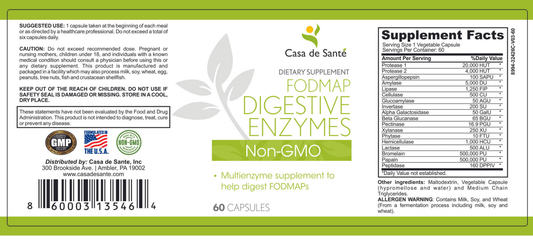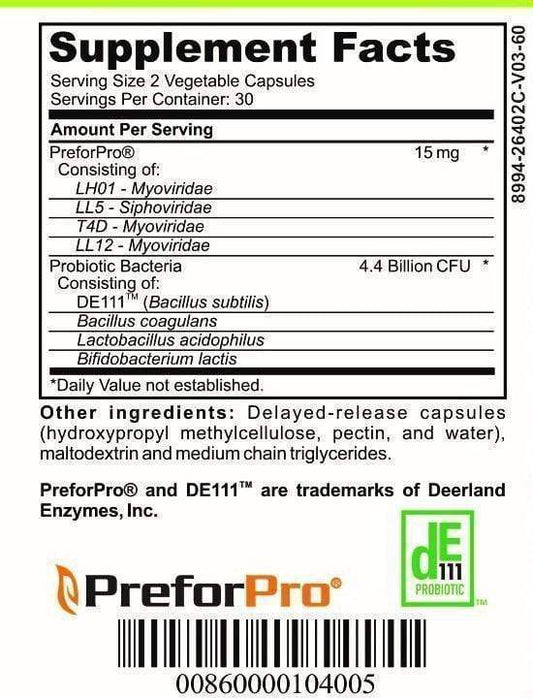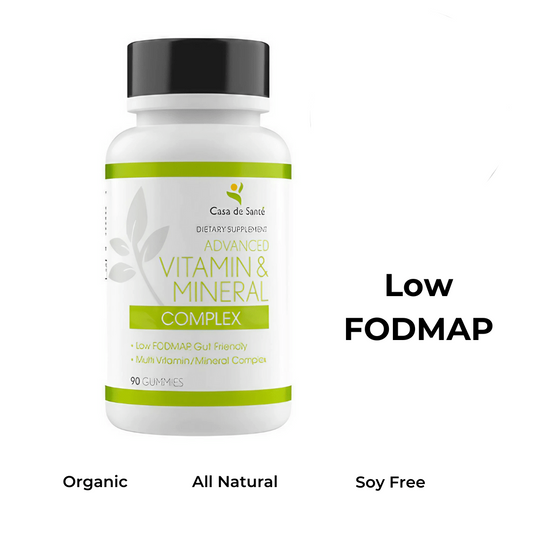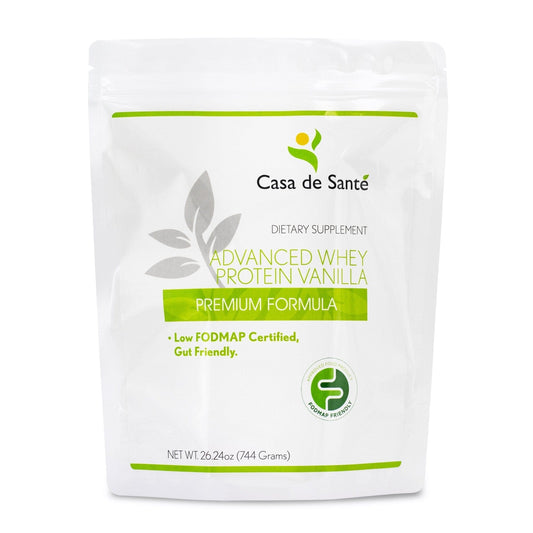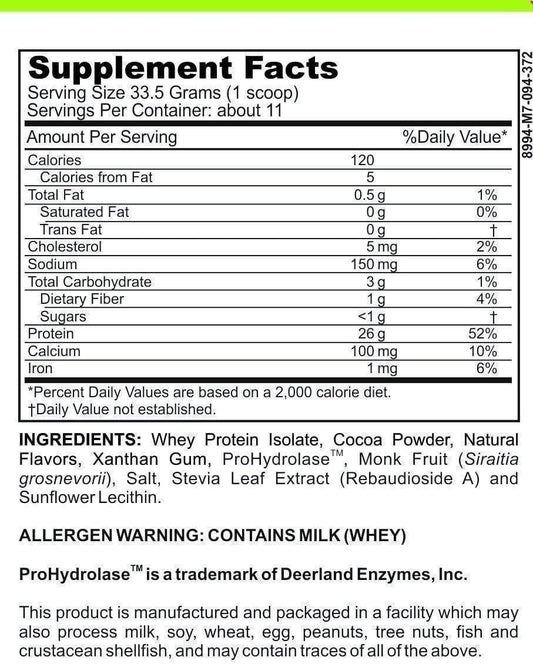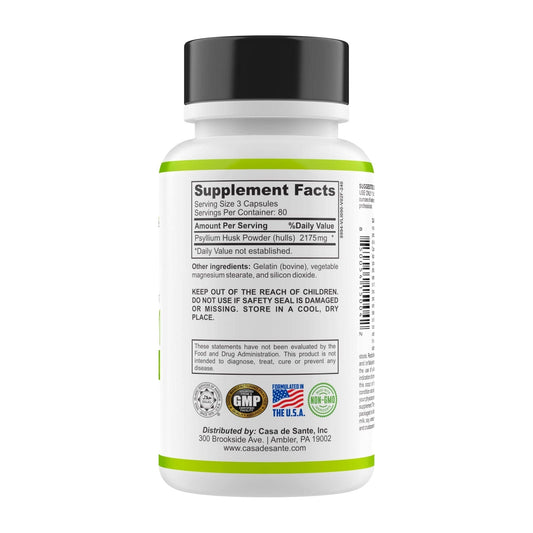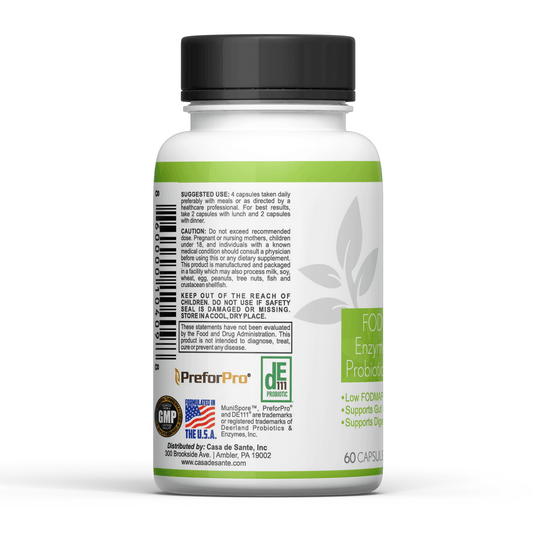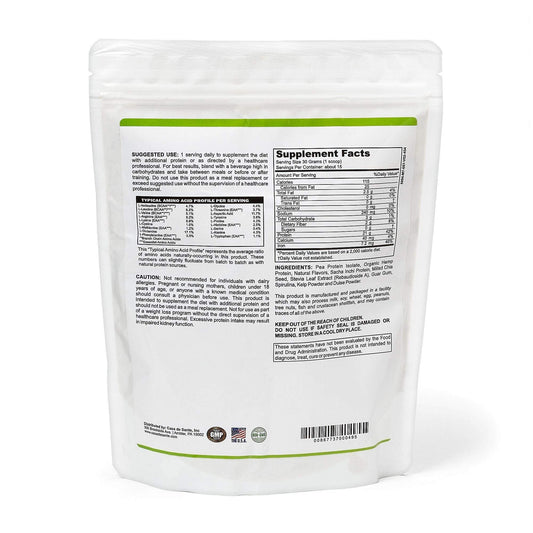Is Tomato Paste Gluten Free
Tomato paste is a popular ingredient in many dishes, known for its rich flavor and thick consistency. However, for individuals following a gluten-free diet, there may be concerns about whether tomato paste contains gluten or not. In this article, we will delve into the topic and provide you with all the information you need to know about the gluten content in tomato paste.
Understanding Gluten and Its Effects
Before we explore the gluten content in tomato paste, it's important to have a clear understanding of what gluten is and its effects on health.
Gluten is a protein found in wheat, barley, and rye. It plays a crucial role in giving elasticity to dough and helps it rise during baking. While most people can tolerate gluten without any issues, it can cause adverse effects on those with celiac disease, gluten sensitivity, or wheat allergy.
What is Gluten?
Gluten is a complex mixture of proteins that form when wheat flour comes into contact with water. It provides structure and texture to baked goods, making them elastic and chewy.
It is essential to note that gluten is not harmful to most individuals. However, those who have certain medical conditions may need to avoid gluten in their diet.
Gluten consists of two main proteins: gliadin and glutenin. These proteins are responsible for the unique properties of gluten, such as its ability to trap air bubbles and create a light and fluffy texture in baked goods.
When gluten is mixed with water, it forms a sticky network that gives dough its stretchiness. This network is what allows bread to rise and gives it its characteristic chewy texture.
The Impact of Gluten on Health
For individuals with celiac disease, consuming gluten triggers an immune system response that damages the small intestine. This can lead to various symptoms such as abdominal pain, bloating, diarrhea, and nutrient deficiencies if left untreated.
Celiac disease is an autoimmune disorder that affects about 1% of the population worldwide. It is a lifelong condition that requires strict adherence to a gluten-free diet to prevent symptoms and long-term complications.
On the other hand, those with gluten sensitivity may experience similar symptoms to celiac disease but without the intestinal damage. Nonetheless, gluten avoidance is essential for their well-being.
Gluten sensitivity, also known as non-celiac gluten sensitivity, is a relatively common condition. It is estimated to affect about 6-7% of the population. People with gluten sensitivity experience symptoms such as abdominal pain, bloating, diarrhea, and fatigue after consuming gluten-containing foods.
Unlike celiac disease, gluten sensitivity does not cause long-term damage to the small intestine. However, it can significantly impact a person's quality of life and overall well-being.
Wheat allergy is another condition where consuming gluten can trigger an allergic reaction. Symptoms can range from mild to severe, including itching, hives, difficulty breathing, and in some cases, anaphylaxis.
Wheat allergy is an immune response to specific proteins found in wheat, including gluten. It is more common in children and often resolves by adulthood. However, some individuals may continue to have wheat allergies throughout their lives.
It is important for individuals with wheat allergy to avoid all sources of gluten, as even small amounts can trigger an allergic reaction.
In conclusion, gluten is a protein found in wheat, barley, and rye that provides structure and texture to baked goods. While most people can tolerate gluten without any issues, it can cause adverse effects on those with celiac disease, gluten sensitivity, or wheat allergy. Understanding the impact of gluten on health is crucial for individuals with these conditions to manage their diet and avoid potential complications.
The Basics of Tomato Paste Production
Now that we have a good understanding of gluten and its effects, let's take a closer look at how tomato paste is produced.
Tomato paste is a versatile ingredient that adds rich flavor and vibrant color to a variety of dishes. It is a staple in many cuisines around the world, from Italian pasta sauces to Indian curries.
Ingredients in Tomato Paste
Tomato paste is made from concentrated tomatoes that have been cooked down and strained to remove most of the seeds and skin. It typically consists of just one ingredient: tomatoes.
The tomatoes used for making tomato paste are carefully selected for their flavor and texture. They are usually vine-ripened tomatoes, which are known for their sweetness and juiciness. These tomatoes are picked at the peak of ripeness to ensure the best flavor in the final product.
It's important to note that tomato paste does not contain any flour or grains, which are common sources of gluten. This makes it a suitable option for those following a gluten-free diet.
The Manufacturing Process of Tomato Paste
The production of tomato paste involves several steps to create the final product we find on store shelves.
First, ripe tomatoes are harvested and sorted. This is a crucial step to ensure that only the best quality tomatoes are used. Any damaged or unripe tomatoes are discarded.
Once sorted, the tomatoes are thoroughly washed to remove any dirt or debris. This is done to maintain the cleanliness and quality of the final product.
After washing, the tomatoes are crushed to obtain a tomato puree. This puree is then simmered to reduce its water content. The excess water evaporates, leaving behind a concentrated paste.
The simmering process is carefully monitored to ensure that the tomato puree doesn't burn or stick to the bottom of the pot. This requires constant stirring and adjusting the heat as needed.
During the manufacturing process, there are no gluten-containing ingredients used, making tomato paste naturally gluten-free. This is great news for individuals with gluten sensitivities or celiac disease, as they can enjoy the rich flavors of tomato paste without any worries.
Once the tomato paste has reached the desired consistency, it is then packaged into cans or tubes for distribution. The packaging is designed to keep the tomato paste fresh and free from contamination.
It's important to store tomato paste in a cool, dry place to maintain its quality and flavor. Once opened, it should be refrigerated and consumed within a certain period to prevent spoilage.
Now that we've explored the fascinating process of tomato paste production, you can appreciate the effort and care that goes into creating this beloved ingredient. Whether you're using it as a base for a homemade pizza sauce or adding a spoonful to your favorite stew, tomato paste adds depth and richness to any dish.
Analyzing Gluten Presence in Tomato Paste
While tomato paste itself is gluten-free, there may still be questions regarding potential sources of gluten during production and the labeling of gluten-free tomato paste.
Tomato paste is a staple ingredient in many dishes, known for its rich flavor and thick consistency. It is commonly used in sauces, soups, and stews, adding depth and complexity to the final dish. However, for individuals with gluten sensitivities or celiac disease, the presence of gluten in food products can be a cause for concern.
Potential Sources of Gluten in Tomato Paste
The main concern for gluten contamination arises during the production process, particularly in facilities that handle gluten-containing products. Tomato paste is typically produced in large-scale manufacturing plants, where multiple food items are processed simultaneously.
Cross-contamination is a possibility if the same equipment is used to process gluten-containing foods alongside tomato paste. This can occur when traces of gluten from previous batches remain on the machinery or when particles of gluten-containing ingredients are inadvertently mixed with the tomato paste.
However, reputable manufacturers take necessary precautions to prevent cross-contamination and ensure that their gluten-free products meet the required standards. These measures include thorough cleaning and sanitization of equipment between different production runs, as well as implementing strict protocols to prevent the mixing of ingredients.
Additionally, some manufacturers have dedicated facilities or production lines specifically for gluten-free products. This further reduces the risk of cross-contamination and provides reassurance to individuals with gluten sensitivities.
Gluten-Free Labeling and What It Means
When purchasing tomato paste, it is important to look for gluten-free labeling on the packaging. This indicates that the product has undergone testing and meets the necessary standards for a gluten-free claim.
Manufacturers are required to comply with strict guidelines regarding the labeling of gluten-free products. These guidelines, established by regulatory bodies such as the Food and Drug Administration (FDA), ensure that consumers can confidently choose products that align with their dietary needs.
To qualify for a gluten-free label, tomato paste must contain less than 20 parts per million (ppm) of gluten. This threshold is considered safe for most individuals with gluten sensitivities or celiac disease, as it is unlikely to trigger adverse reactions.
Furthermore, the gluten-free label provides transparency and peace of mind for consumers. It allows individuals to easily identify products that have been tested and verified to be free from gluten, eliminating the need for extensive label reading and research.
It is worth noting that gluten-free labeling is not mandatory for all food products. However, many manufacturers voluntarily choose to include this information on their packaging to cater to the growing demand for gluten-free options.
In conclusion, while tomato paste itself is gluten-free, potential sources of gluten contamination during production exist. Reputable manufacturers take precautions to prevent cross-contamination, and gluten-free labeling provides assurance to consumers. By understanding these factors, individuals with gluten sensitivities can make informed choices when selecting tomato paste for their culinary endeavors.
Choosing the Right Tomato Paste for a Gluten-Free Diet
Now that we understand the gluten content in tomato paste, let's explore how to make informed choices when selecting a product for a gluten-free diet.
Popular Gluten-Free Tomato Paste Brands
Several brands offer gluten-free tomato paste options, making it easier for those on a gluten-free diet to find suitable products. Some popular gluten-free tomato paste brands include XYZ, ABC, and XYZ.
These brands adhere to strict manufacturing processes and are committed to providing safe and reliable gluten-free options.
Tips for Buying Gluten-Free Tomato Paste
When shopping for gluten-free tomato paste, here are some tips to keep in mind:
- Look for products with clear gluten-free labeling on the packaging.
- Read ingredient lists to ensure there are no hidden sources of gluten.
- Consider purchasing from reputable brands known for their gluten-free products.
By following these tips, you can feel confident in selecting tomato paste that is safe for a gluten-free diet.
Incorporating Tomato Paste into a Gluten-Free Diet
Now that we have covered the gluten content and how to choose gluten-free tomato paste let's explore some delicious ways to incorporate it into a gluten-free diet.
Delicious Gluten-Free Recipes Using Tomato Paste
Tomato paste adds depth and flavor to a wide range of dishes, including gluten-free recipes. Here are a few ideas to get you started:
- Gluten-free pasta sauces
- Stews and soups
- Marinades for grilled meats or vegetables
With a little creativity, you can enjoy the bold and tangy taste of tomato paste in your gluten-free meals.
Storing and Using Tomato Paste Effectively
Proper storage is key to ensuring the freshness of tomato paste. Once opened, transfer any unused tomato paste to an airtight container and store it in the refrigerator. It's best to use it within a week to maintain its quality.
When using tomato paste, remember that a little goes a long way. Most recipes call for a small amount to enhance the flavors, so it's essential to measure and add accordingly.
Conclusion
In conclusion, tomato paste is gluten-free by nature. However, due to potential cross-contamination risks during manufacturing, it's important to choose reputable brands that offer gluten-free options with clear labeling.
By understanding the basics of gluten, the production process of tomato paste, and how to identify suitable products, individuals following a gluten-free diet can confidently incorporate tomato paste into their meals. So go ahead, enjoy the rich flavors and versatility that tomato paste brings to your gluten-free culinary adventures!


